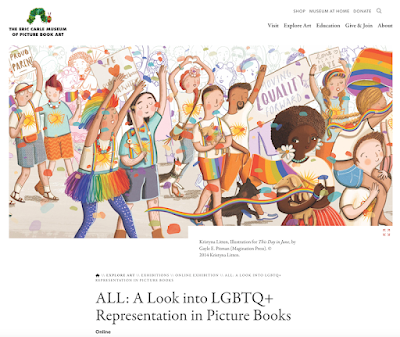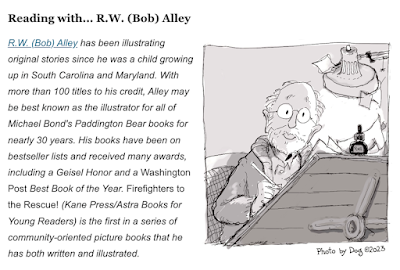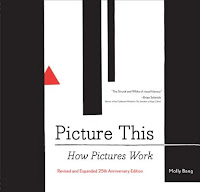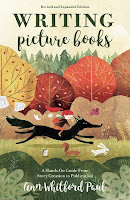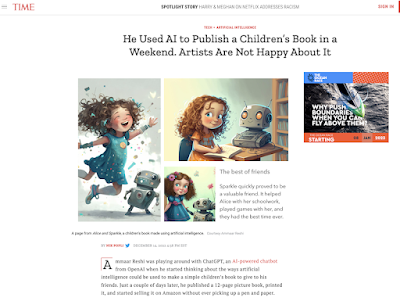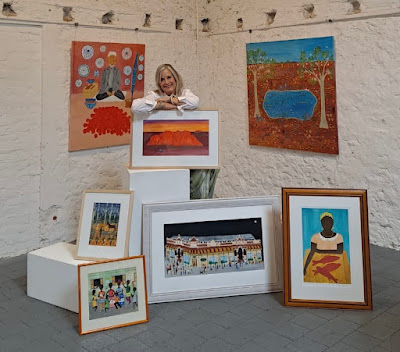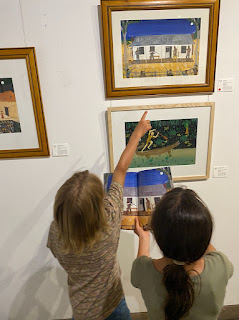Frustration is growing among querying picture book creators: currently many agents seem to only want author/illustrator submissions. As a writer-only creator or an illustrating-only creator you may be wondering if you need to be able to both write and illustrate to succeed in this industry. The short answer is no! Take a look at the picture books currently being published and you’ll see that many are still created by a separate author and illustrator. However, you may decide you want to learn to write or illustrate anyway. Do you know where to start? Learning a new aspect of picture book creation can be completely overwhelming, so let’s start with five things you can do.
5 Things To Do As A Writer Who Wants to Illustrate
First, assess why you want to illustrate. Learning to illustrate simply in order to get an agent is not going to be a sustainable motivation. In addition, it is not a quick fix for your querying woes! A lot goes into creating an illustration and this takes time to learn. However, if you enjoy making art, it’s worth exploring illustrating.
The second thing to do is draw every day for a year. You may have loved art in high school, and may even dabble in it now. Making art is fun! However, illustrating a picture book is a big time commitment, and you will quickly burn out if the process isn’t something you can stick with. Drawing every day for a year is a good way to determine if you actually enjoy the commitment of making art. It’s also a great way to improve your skills.
Now that you know why you want to illustrate and you know you enjoy making art, the next step is to take art classes and learn the language of art. Just like writing has particular skills to make your work stronger such as sentence structure, word choice, repetition, and more, illustrating has particular skills you will need. These include composition, color choice, character design, and many other things. You do not need an art degree to be an illustrator, and there are many great online options for learning art.
While taking art classes, start step four: study picture book illustrations. Take what you are learning about art and see how illustrators apply these concepts to picture books. In addition, study how illustrators build on the text, how they pace the images to aid the reading experience, and what choices they make with composition and color to create a visual arc throughout the book.
Finally, make a lot of art. A LOT OF ART. The more art you create the more consistently you will make good art. Many people jump right into creating a picture book dummy when they move from writing to writing and illustrating. Before you do that, you will need a website of your 10-20 strongest images. When an agent or editor sees your dummy, they are going to want to visit your portfolio to see that you can create consistently strong art.
5 Things To Do As An Illustrator Who Wants to Write
First, assess why you want to write. Writing is less time consuming than illustrating, but you still need to stand out with a unique voice in this competitive market. Usually author/illustrated books have more time between their publication dates, so if you are looking to create more books, this may not be the way to do it. However, if you have a story to tell, learning to write is worth exploring.
Next, study picture book texts, particularly those written and illustrated by the same person. A common mistake illustrators learning to write make is describing exactly what they are illustrating with their text. Study how picture book art and text works together while not being the same.
Then, take some writing classes or go to some writing workshops. While many of us know the basics of writing, you will want to learn how this applies specifically to picture books. Published authors have great insight into the particulars of picture book creation.
While you are attending writing workshops, try creating some stories. Starting from scratch can be intimidating, so try taking one of the illustrations from your portfolio and creating a story for it. Before you know it, you will have a loose structure for a picture book.
Finally, write a lot of drafts. A LOT OF DRAFTS. The more you write, the more you will figure out pacing, word choice, and how to compliment your art rather than repeat it. The more you practice, the stronger your storytelling voice will get.
3 Tips For Both Writers And Illustrators
While you are learning how to write or illustrate, I recommend reading WRITING PICTURE BOOKS by Ann Whitford Paul and PICTURE THIS: HOW PICTURES WORK by Molly Bang. These books are both essential reading for picture book creators.
In addition, get feedback on your work. This can be from a critique group or a paid critique from a professional. I recommend making connections with other writers and illustrators to form a critique group or critique swap before paying anyone for feedback.
Finally, however long you think it’s going to take to learn to write or illustrate, double that. These are skills that take some time to master, particularly illustration. (If you don’t believe me, ask any published writer or illustrator how long it took them before they signed with an agent and then got published.) Publishing is a slow industry, and it’s worth taking your time to create work that will stand out in a competitive field.
While I’ve given feedback to many beginning writers and illustrators, I am just one author/illustrator in the industry. Everyone’s path is different. I do hope that this makes the process of learning a little less intimidating for you and gives you a place to start. Have fun discovering your own unique writing or illustrating style!
Anne Appert (they/them ) is a nonbinary author/illustrator who spent their childhood with their nose stuck in a book, while their wild imagination transformed their New Jersey backyard into faraway places. Anne still enjoys spending time in their backyard dreaming, and now their imagination turns their dreams into words and pictures for children. Anne wrote and illustrated their debut book Blob, which was published by HarperCollins in Fall of 2021. Their second book What If You Wish? will publish with HarperCollins in 2024. They are a member of SCBWI, from which they received an honor in the 2021 Conference Portfolio Showcase. When not writing and illustrating, Anne enjoys teaching college students, dying their hair every color of the rainbow, and attempting to roller skate. You can see their work at anneappert.com.

